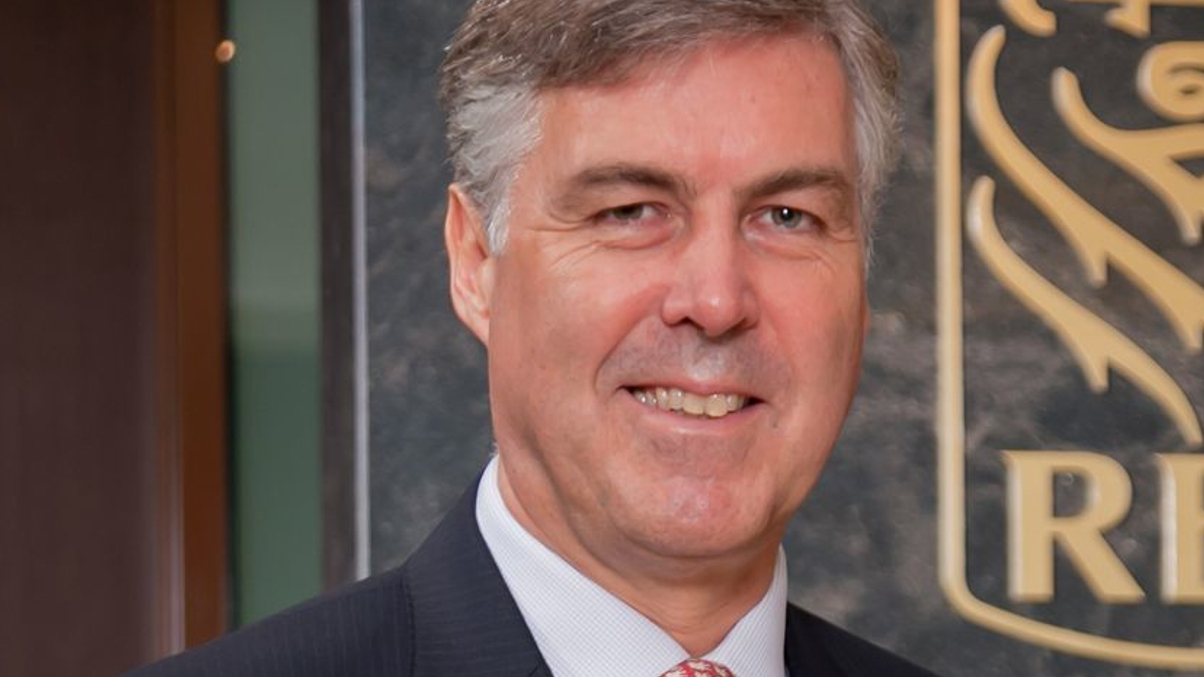Asia's emerging centres of wealth revealed
The latest Asia Pacific Wealth Report highlights which regional markets are growing fastest in terms of high-net-worth population and wealth, and where they are putting their money.

India is the market experiencing the region’s fastest growth in high-net-worth population and wealth, followed by China, Indonesia and Thailand, finds a new report.
Sign In to Your Account
Access Exclusive AsianInvestor Content!
Please sign in to your subscription to unlock full access to our premium AI resources.
Free Registration & 7-Day Trial
Register now to enjoy a 7-day free trial—no registration fees required. Click the link to get started.
Note: This free trial is a one-time offer.
¬ Haymarket Media Limited. All rights reserved.


